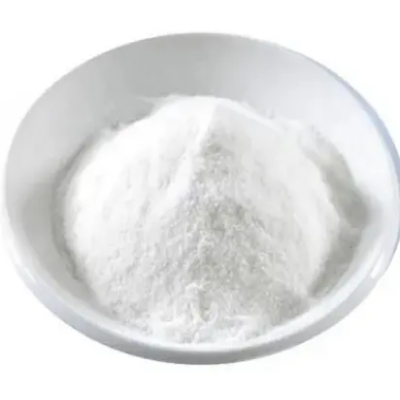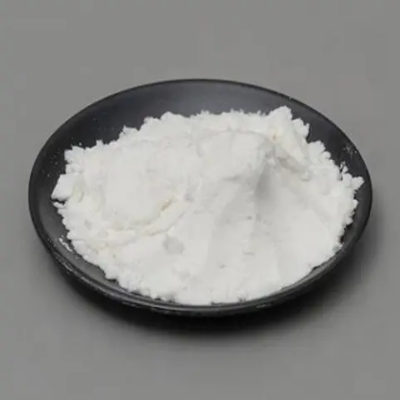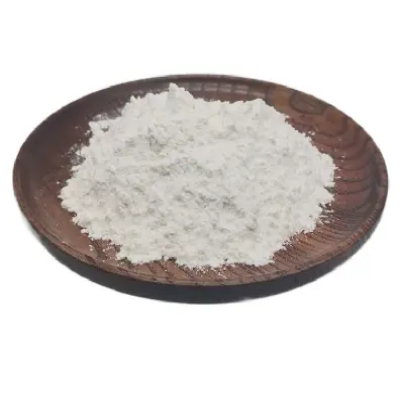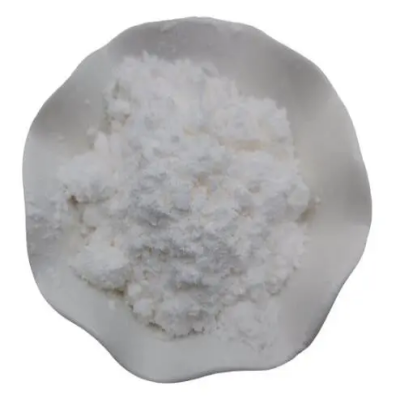DDT CAS:3483-12-3 Manufacturer Price
Reduction of Disulfide Bonds: DTT is primarily used to break disulfide bonds, which are covalent bonds formed between two cysteine residues in proteins. By reducing these bonds, DTT helps denature proteins, enabling the study of their structure and function.
Protein Folding: DTT can assist in proper protein folding by preventing incorrect disulfide bond formation. It reduces any non-native disulfide bonds that may form during protein folding, allowing the protein to adopt its native conformation.
Enzyme Activity: DTT can activate certain enzymes by reducing any inhibitory disulfide bonds present. Additionally, DTT can prevent oxidation of critical cysteine residues, which may be necessary for enzyme activity.
Antibody Production: DTT is commonly added to reduce disulfide bonds during the production of antibodies. It helps to prevent the formation of incorrect disulfide bonds, which could hinder proper antigen binding.
Stabilizing Proteins: DTT can be used to stabilize proteins by preventing their oxidation or aggregation. It helps maintain the reduced state of proteins during storage and experimental procedures.
Reducing Agents in Molecular Biology: DTT is often used in various molecular biology techniques such as DNA sequencing, PCR, and protein purification. It can help maintain the reduced state of critical components, ensuring optimal experimental results.

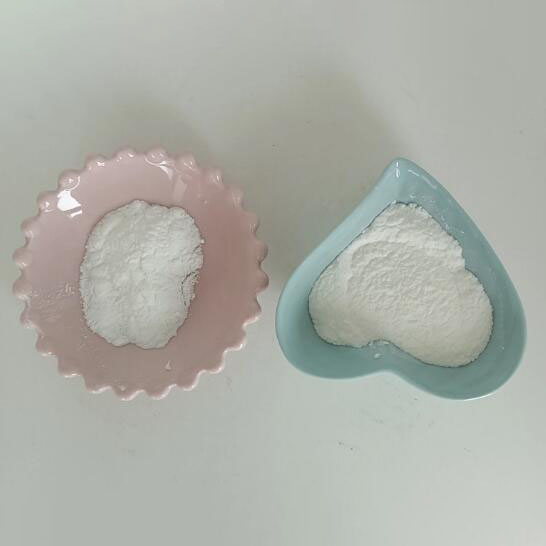
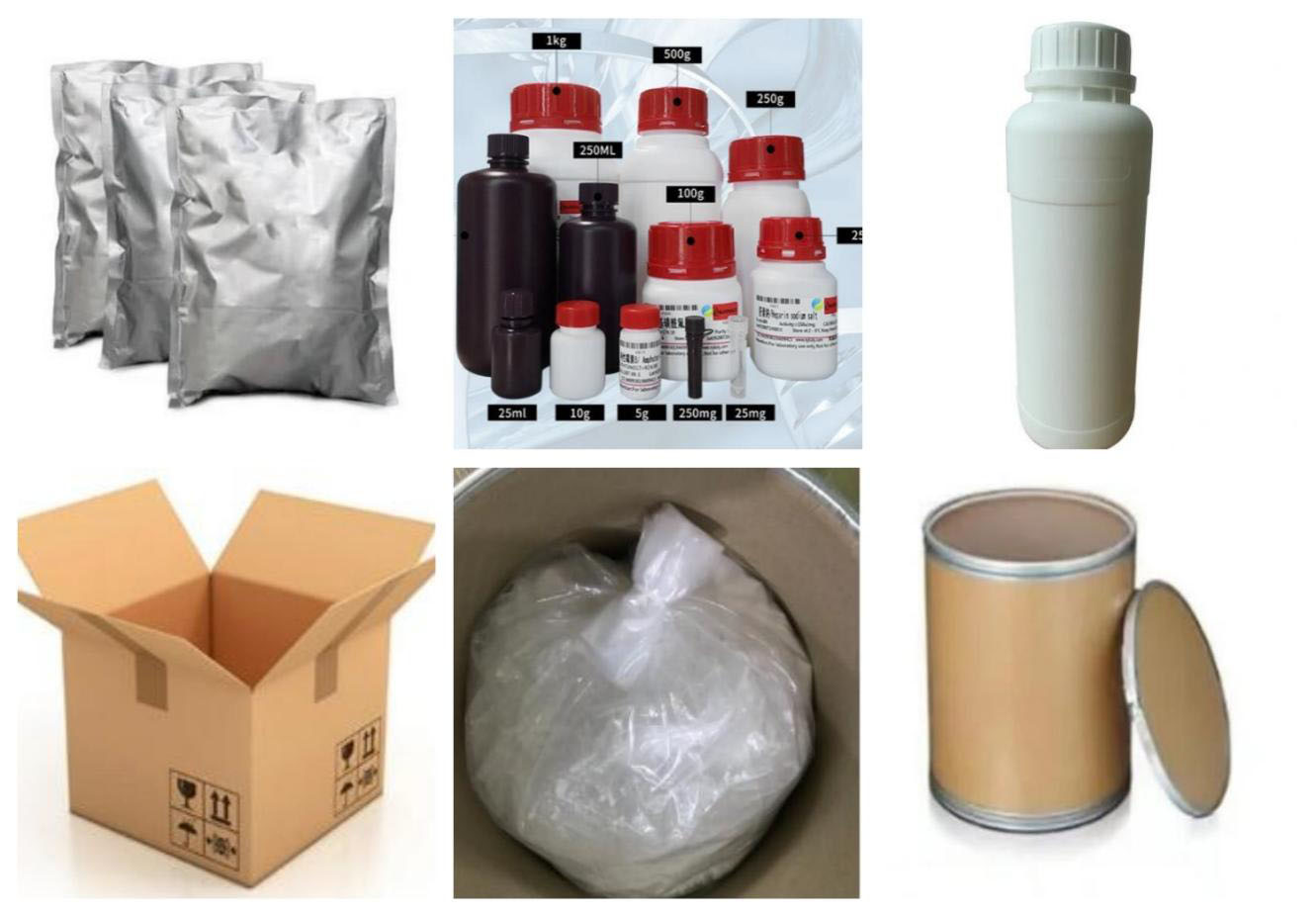
| Composition | C4H10O2S2 |
| Assay | 99% |
| Appearance | White powder |
| CAS No. | 3483-12-3 |
| Packing | Small and bulk |
| Shelf Life | 2 years |
| Storage | Store in cool and dry area |
| Certification | ISO. |




